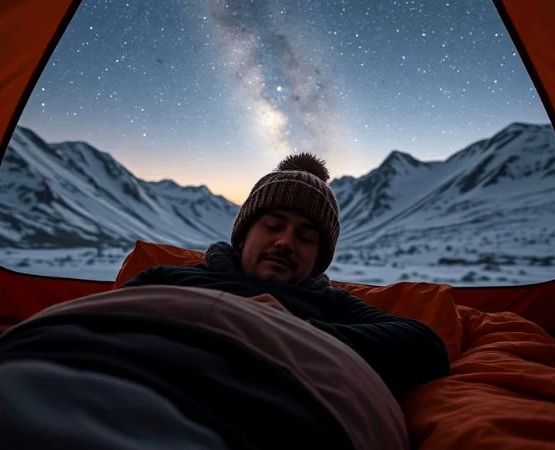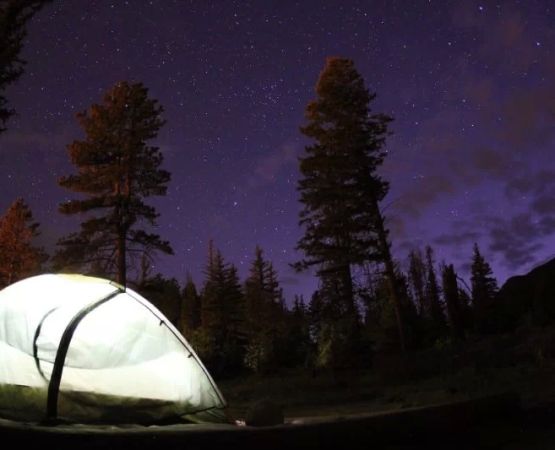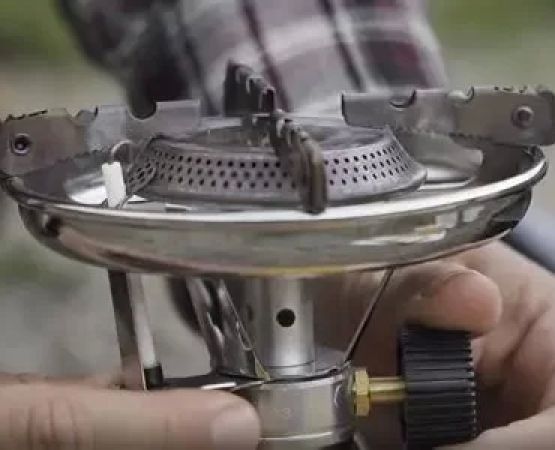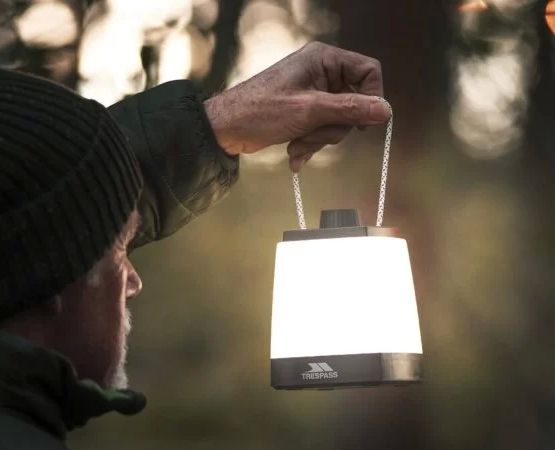How to Choose the Right Sleeping Bag for Camping
As an avid camper, I know that a good night's sleep can make or break a camping trip. Whether you’re exploring the backcountry or just spending a weekend at a campground, the right sleeping bag is essential for comfort and warmth. Over the years, I’ve learned a lot about choosing the best sleeping bag for different conditions, and I’m here to share that knowledge with you.
1. Understanding the Basics of Sleeping Bags
When I first started camping, I had no idea how important it was to choose the right sleeping bag. I just grabbed the first one I found, assuming they were all pretty much the same. But after a cold, uncomfortable night in the wilderness, I quickly realized that there’s a lot more to consider than I had thought. Sleeping bags are designed for specific conditions, and the right one can make all the difference. It’s not just about warmth, but also comfort, weight, and how easily you can pack it.
1.1 Temperature Ratings: Knowing What You Need
One of the first things I learned was the importance of temperature ratings. Sleeping bags come with a temperature range, usually listed as a comfort rating and a limit rating. The comfort rating is the temperature at which you'll stay warm while sleeping, while the limit rating is the coldest temperature at which the bag will still keep you from freezing. It’s crucial to pick a sleeping bag that matches the temperatures you’re likely to encounter during your camping trip. For instance, a 3-season sleeping bag typically works for temperatures between 20°F and 32°F, while a summer sleeping bag is best for warmer weather.
2. Types of Sleeping Bag Insulation
Another important factor to consider when choosing a sleeping bag is the insulation material. I’ve used both down and synthetic bags, and each has its pros and cons. Understanding the differences between these two types of insulation can help you make the right decision based on your needs and preferences.
2.1 Down Insulation
Down insulation is lightweight and compressible, which makes it a great choice for backpacking when every ounce counts. It’s also incredibly warm for its weight, making it ideal for cold-weather camping. However, down does lose its insulating properties when wet, so it’s not the best choice for wet or damp environments. I learned this the hard way on one camping trip when I got caught in a rainstorm, and my down bag became useless. But when dry, down bags are extremely warm and comfortable.
2.2 Synthetic Insulation
Synthetic insulation, on the other hand, retains its insulating properties even when wet, making it a better option for damp conditions. It’s also more affordable than down and tends to dry faster. However, synthetic bags are usually bulkier and heavier than down, so they may not be the best choice if you're trying to keep your pack light. If you're camping in a place where rain is common, a synthetic bag might be a safer bet.
3. Sleeping Bag Shapes: Choosing the Right Fit
Another thing I didn’t realize when I first started camping was how important the shape of the sleeping bag is for your comfort. Sleeping bags come in various shapes, and each has its own advantages depending on your sleeping style.
3.1 Mummy Bags
Mummy sleeping bags are designed to fit snugly around your body, which helps retain warmth. They have a tapered shape that reduces the amount of air you need to warm up. I’ve used mummy bags for winter camping, and they kept me warm even in freezing conditions. The downside is that they can feel a bit claustrophobic if you're someone who likes a lot of space while sleeping.
3.2 Rectangular Bags
If you prefer more room to move around at night, a rectangular sleeping bag might be a better choice. These bags are wider and offer more freedom of movement, making them a good option for summer camping or for people who don't mind a little extra bulk. While they’re less efficient in terms of heat retention compared to mummy bags, they’re perfect for warmer nights and those who value comfort over warmth.
3.3 Semi-Rectangular Bags
If you want a balance between comfort and warmth, semi-rectangular bags are a great choice. These bags offer more space than a mummy bag but still taper slightly at the feet, which helps with heat retention. I’ve found semi-rectangular bags to be a good middle ground for three-season camping.
4. Weight and Packability
If you’re backpacking, the weight and packability of your sleeping bag are incredibly important. I remember when I first started hiking long distances, I was shocked at how heavy my sleeping bag was. It added a lot of unnecessary weight to my pack. Over time, I learned that the lighter and more compact your sleeping bag, the easier your hike will be. That’s why I always look for bags that offer a good balance between warmth, weight, and packability.
4.1 How to Choose the Right Sleeping Bag for Backpacking
For backpacking trips, look for sleeping bags that are lightweight and compressible. Down sleeping bags are typically the best for this since they can be compressed into a small stuff sack, which saves space in your pack. However, if you’re camping in wet conditions, a synthetic sleeping bag might be a better option, even though it will likely be a little bulkier.
5. Consider the Bag’s Durability and Material
Durability is another factor to consider when choosing a sleeping bag. I’ve learned that not all sleeping bags are created equal in terms of durability. Some bags are made with high-quality materials that resist wear and tear, while others might not hold up as well over time. Look for sleeping bags made with ripstop nylon or other durable fabrics to ensure that your investment lasts for years to come.
5.1 Additional Features
There are also other features that can improve your sleeping bag experience. For example, I always make sure my sleeping bag has a draft collar around the neck to prevent cold air from entering. Some sleeping bags also come with pockets to store small items like your phone or flashlight. These little details can make a big difference in your overall comfort.
6. How to Care for Your Sleeping Bag
Once you’ve found the perfect sleeping bag, you’ll want to take care of it properly to ensure it lasts. I’ve learned that proper storage and cleaning can extend the life of a sleeping bag. After every camping trip, I make sure to air out my sleeping bag and store it in a large mesh sack instead of stuffing it in a stuff sack. This helps maintain the loft of the insulation and keeps the bag from losing its shape.
6.1 Cleaning and Maintenance
Most sleeping bags can be machine-washed, but I always check the care instructions first. For down sleeping bags, it's important to use a front-loading washing machine and a gentle detergent to prevent the down from clumping. After washing, I tumble dry my bag on low heat with a couple of clean tennis balls to help fluff up the down.






